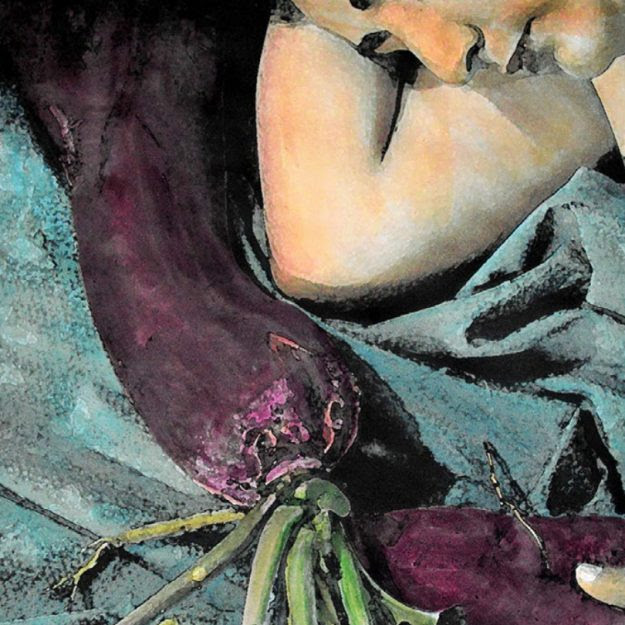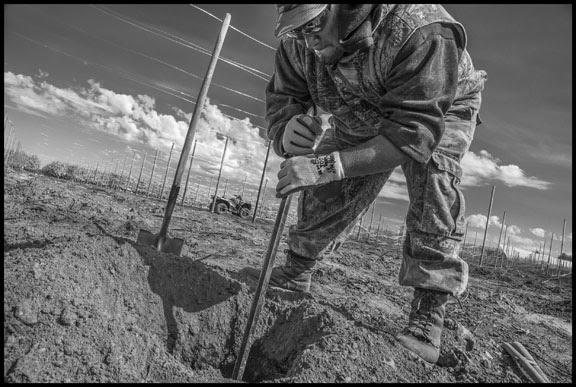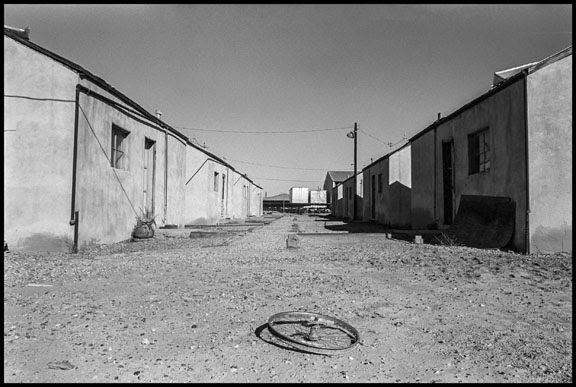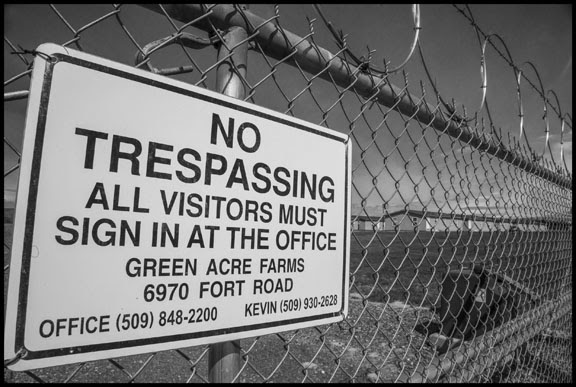
Diciembre en el Instituto Mora
martes 3 de diciembre de 2019 por Ana Lara
En: 1 Avisos y Eventos Generales
Cine Tonalá Tijuana | Programación de diciembre
martes 3 de diciembre de 2019 por Ana Lara

Av. Revolución #1303
entre 6ta y 7ma
Zona Centro
Tijuana, BC
tj.cinetonala.mx

DÍA LLUVIOSO EN PARÍS
Woody Allen | Estados Unidos | 2019 | 93’
SINOPSIS – HORARIOS
HISTORIA DE UN MATRIMONIO
NOAH BAUMBACH | ESTADOS UNIDOS | 2019 | 136′
SINOPSIS – HORARIOS
LUCIÉRNAGAS
Bani Khoshnoudi | México, Estados Unidos, Grecia, República Dominicana | 2018 | 88´
SINOPSIS – HORARIOS
VARDA POR AGNÉS
Agnès Varda | Francia | 2019 | 115’
SINOPSIS – HORARIOS

PARASITE
Bong Joon Ho | Corea del Sur | 2019 | 132’
SINOPSIS – HORARIOS

LA CABAÑA SINIESTRA
Veronika Franz y Severin Fiala | Estados Unidos | 2019 | 108’
SINOPSIS – HORARIOS
EL IRLANDÉS
Martin Scorsese
| Estados Unidos | 2019 | 208’
SINOPSIS – HORARIOS
ESTO NO ES BERLÍN
Hari Sama | México | 2019 | 111’
SINOPSIS – HORARIOS
LARGO VIAJE HACIA LA NOCHE
Bi Gan| China, Francia | 2018 | 138’
SINOPSIS – HORARIOS
LOS DOS PAPAS
Fernando Meirelles | Estados Unidos | 2019 | 125’
SINOPSIS – HORARIOS

BUCEO Y NATURALEZA
Rocio Gajon Bunker
MAR. 10 | 19 H | $80 PESOS
+ INFO
THE COMPETITION
SÁB. 14 DIC | 20:30 H | $100 pesos
*En colaboración con Bulding Tijuana
+ INFO
A SIX DOLLAR CUP OF COFFEE
Andrés Ibáñez Díaz Infante & Alejandro Díaz San Vicente | México | 2017 | 74’
Proyecciones del documental acompañadas de actividades cafeteras en colaboración con Tres Cultivos y Asociación de Baristas de Baja California
+ INFO
FAMILIA SUMERGIDA
María Alché | Alemania, Argentina, Brasil,
Noruega | 2018 | 91’
+ INFO
LO MEJOR QUE PUEDES HACER CON TU VIDA
Zita Erffa | México, Alemania | 2018 | 93’
+ INFO

ARCANO
SAB. 07 DIC | 16 H | $100 adultos y niños menores de 10 años gratis.
+ INFO
PASTORELA MEXICANA: LA CONCIENCIA DE LA NOCHE BUENA
DOM. 15 DIC | 14 H | $80 pesos adultos, niños gratis
+ INFO

Bostich + Fussible (Nortec
Collective)
El Tren Fantasma – Live Score
SÁB. 21 | 22 H | $250 pesos
Bostich y Fussible del Colectivo Nortec estarán realizando la premiere en México del performance en vivo del soundtrack de música electrónica que crearon para la recién restaurada película mexicana “El Tren Fantasma”.
+ INFO

AROMA DE JAZMÍN
MIÉ. 04 DIC | 20 H | $120 PESOS
Una mirada, un beso, el primer amor, la ilusión y el engaño que acompañan el camino de una joven mientras nos revela el preámbulo de una historia de injusticia, dolor y desilusión. Un marcapasos que gira en una historia de secretos, silencio y violencia.
+INFO
CASA: BREVARIO DE UNA MIRADA
SÁB. 28 | 19 H | $120 PESOS
”CASA: Breviario de una mirada» es una partitura física que nos invita a pensar en la construcción y deconstrucción de la casa como metáfora de las reyertas humanas, en las que rival y combatiente son uno mismo
+INFO
LOBO GRIS
SAB. 14 DIC | 19 H | $120 pesos general, $100 pesos estudiantes y maestros
Monólogo en formato Danza/Teatro/Multimedia escrita y actuada por Erik Utrilla; es la historia de un hombre que despierta una mañana y se da cuenta que su esposa ya no está, por lo que decide emprender un viaje en su búsqueda y en el camino encuentra la inevitable verdad.
+INFO

HORA TINIEBLA: LA CABAÑA SINIESTRA
Veronika Franz y Severin Fiala | Estados Unidos | 2019 | 108’
JUE. 05 | 23:59 H | $100 pesos
*Incluye cerveza insurgente
En: 1 Avisos y Eventos Generales
Boletín del Consejo Mexicano de Ciencias Sociales
martes 3 de diciembre de 2019 por Ana Lara

Democracias Fracturadas

Politisapiens. Plataforma de pensamiento político, Programa de Estudios Políticos e Internacionales de El Colegio de San Luis y Proyectos Audiovisuales de El Colegio de San Luis presentan Democracias Fracturadas Primera entrega: Bolivia Con Javier Contreras Alcántara un espacio para comprender de manera informada los recientes cambios en los regímenes latinoamericanos. El pasado 20 de octubre […]
Leer más
Revista Forum, No. 54, noviembre 2019

Editorial La igualdad es un derecho humano fundamental que debe de ser siempre respetado. Además, para enfrentar los grandes retos sociales y ambientales, no podemos perder la contribución del talento de las mujeres, la mitad de la humanidad, por actitudes discriminatorias y por falta de oportunidades. La revista Forum de noviembre está dedicada al tema […]
Leer más
Creaciones del imaginario social. El deseo, la ley y la ética

Luis Pérez Álvarez (coordinador) Introducción Los trabajos que aquí se presentan —sobre el deseo, la ley y la ética como creaciones del imaginario social— son el resultado del trabajo y el esfuerzo colectivo de un grupo de profesores-investigadores de varias universidades públicas del centro del país (UPN, UAM, UACM, UAEM), quienes desde 2003 nos hemos […]
Leer más
La violencia contra mujeres, expresión de desigualdad

Mirtha Hernández Nov 25, 2019 El fenómeno de la violencia hacia las mujeres es una de las tantas manifestaciones de la desigualdad entre ellas y los hombres, y aunque se ha avanzado en el establecimiento de leyes y políticas, aún no se logra eliminar, afirmó Ana Buquet Corleto, directora del Centro de Investigaciones y Estudios […]
Leer más
Los recortes en ciencia sacuden a América Latina

Investigaciones inconclusas por falta de fondos en Argentina, Brasil, Perú o Venezuela impiden que población aproveche sus beneficios. [Publicado y tomado de El País] “Cuando mi papá murió de fiebre hemorrágica argentina yo era muy joven, tenía 6 años. Para toda la familia fue un golpe muy duro. En ese momento no existía la vacuna”, […]
Leer más
Congreso Internacional sobre Metadatos 2020

El Instituto de Investigaciones Bibliotecológicas y de la Información a través del Seminario de Investigación Metadatos, convoca a investigadores, profesores, profesionales de la información, así como estudiantes de posgrado y licenciatura en Bibliotecología, Estudios de la Información, Documentación, Archivística y áreas afines a postular sus trabajos y resultados de investigación para ser presentados en el […]
Leer más
Tablero Sociológico No. 6, vol. 5

El Tablero Sociológico es un órgano de difusión de actividades académicas, de eventos, convocatorias, cursos, becas, financiamiento para proyectos, plazas y demás, relacionadas con el quehacer de las Ciencias Sociales. El Tablero es una iniciativa del Instituto de Investigaciones Sociológicas de la Universidad Autónoma Benito Juárez de Oaxaca y tiene el objetivo de alcanzar la vinculación […]
Leer más
Plaza profesor de teoría social en el IIS-UABC

El Instituto de Investigaciones Sociales de la Universidad Autónoma de Baja California invita a personas interesadas, que reúnan los requisitos abajo descritos, a enviar su documentación con el fin de participar en un proceso de selección para ocupar plaza de Profesor-Investigador(a) de Tiempo Completo, desarrollando actividades de investigación, docencia, dirección de tesis, tutoría y gestión […]
Leer más
En: 1 Avisos y Eventos Generales
Colecta en apoyo para posada en comunidad Pa Ipai
martes 26 de noviembre de 2019 por Ana Lara
PUEDEN HACER SUS APORTACIONES EN LA DIRECCIÓN DE DIFUSIÓN DE EL COLEF
HASTA EL 11 DE DICIEMBRE
Mensaje de Marco Antonio Espinoza , cineasta y tallerista en la comunidad Pai pai:
«En la comunidad hacen falta muchas cosas, por ejemplo, una estación de radio para ellos, centros comunitarios, etc. Pero por lo pronto pueden apoyar para que nuestros hermanos bajacalifornianos tengan una buena posada. Los pa ipai son personas muy nobles, y tienen una cultura riquísima. El día 15 de diciembre se entregarán los juguetes, ropita para el frío, víveres, zapatos, tenis, etc. Son alrededor de 90 niños. Representantes de la comunidad pa ipai harán un viaje a Ensenada para recoger los apoyos, siendo Delfina Albañez, integrante de la comunidad Pai pai el contacto directo».


En: 1 Avisos y Eventos Generales
‘Close to slavery’ or legalization? the farmworkers’ hard choice | David Bacon
martes 26 de noviembre de 2019 por Ana Lara


A guest worker strings up wire supports for planting apple trees, in a Washington State field.
In Chicano and Mexican families, the grandfathers who came to the United States as braceros (and almost all braceros were men) are mostly gone now. These farmworkers were considered only temporary migrant laborers, yet despite being denied the right to settle in this country and raise families, thousands of them eventually did just that. Their perseverance created homes and communities throughout the Southwest. From the program’s inception in 1942 to its abolition in 1964, bracero labor produced enormous wealth for the growers who employed them.
That wealth had a price. Braceros were almost all young men, recruited into a program that held them in labor camps, often fenced behind barbed wire, separate from the population around them. When their contracts ended, they were summarily shipped back to Mexico. Growers used braceros to replace local farmworkers, themselves immigrants from Mexico and the Philippines, in order to keep wages low and often to break strikes. To bring their families here, braceros had to work many seasons for a grower who might finally help them get legal status. Others left the camps and lived without legal status for years.
In 1958, economist Henry Anderson charged in a report, (for which growers got the University of California to fire him) that, «Injustice is built into the present system, and no amount of patching and tinkering will make of it a just system … Foreign contract labor programs in general will, by their very nature, wreak harm upon the lives of the persons directly and indirectly involved, and upon the human rights our Constitution still holds to be self-evident and inalienable.»
Anderson’s call helped lead to the abolition of the bracero program, but his warning cannot be buried safely in the past. Today, contract labor in agriculture is mushrooming again, with workers brought mostly from Mexico, but also from Central America and the Caribbean. States are beginning to pass laws to deal with its impact, and a new bill in Congress does what Anderson cautioned against—expand the contract labor program for agricultural labor—in exchange for the promise of legal immigration status for some undocumented farmworkers.
Debate over today’s contract labor program unfolds in a virulently anti-immigrant atmosphere, much like that of the 1950s. Many supporters of proposals to benefit undocumented migrants believe that only major concessions can give such proposals a realistic chance of enactment. But the bracero program’s history, during a similar period of deportations and nativist hysteria, may provide an idea of what the future might look like if such compromises become law.
In the Cold War era of the 1950s and early 1960s, the U.S. government mounted huge immigration raids. Farm labor activists of that era charged they were intended to produce a shortage of workers in the fields. Fay Bennett, executive secretary of the National Sharecroppers Fund, reported that in 1954, “the domestic labor force had been driven out … In a four-month period, 300,000 Mexican illegals [sic] were arrested and deported, or frightened back across the border.”
All told, 1.1 million people were deported to Mexico that year, in the infamous “Operation Wetback.” The bracero program, begun in 1942, was already in place, organizing the recruitment of contract laborers in Mexico for U.S. farmers. As the raids drove undocumented workers back to Mexico, the government then relaxed federal requirements on housing, wages, and food for braceros.
Read more:
The American Prospect, November 25, 2019
https://prospect.org/labor/close-to-slavery-legalization-undocumented-farmworkers/
https://davidbaconrealitycheck.blogspot.com/2019/11/close-to-slavery-or-legalization.html

Amelia and Rigoberto Garcia, with the contracts he signed as a bracero on the table in front of them.

A camp in Blythe used for braceros in the 1940s and 50s, which still housed migrant farmworkers up until the 1980s.

Barracks in central Washington built to house contract workers brought to the U.S. by growers under the H2A visa program.










